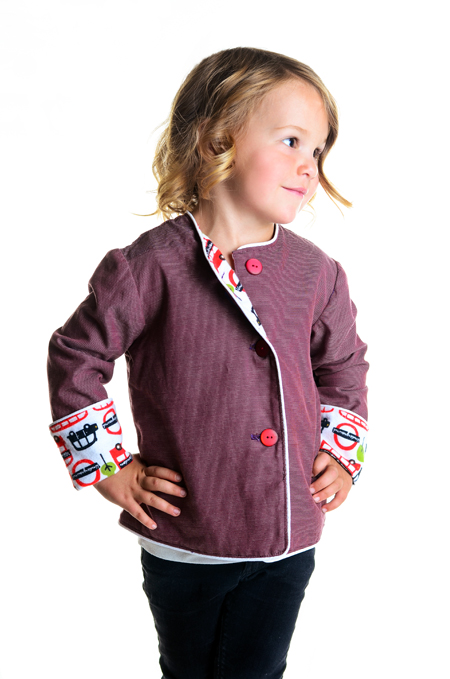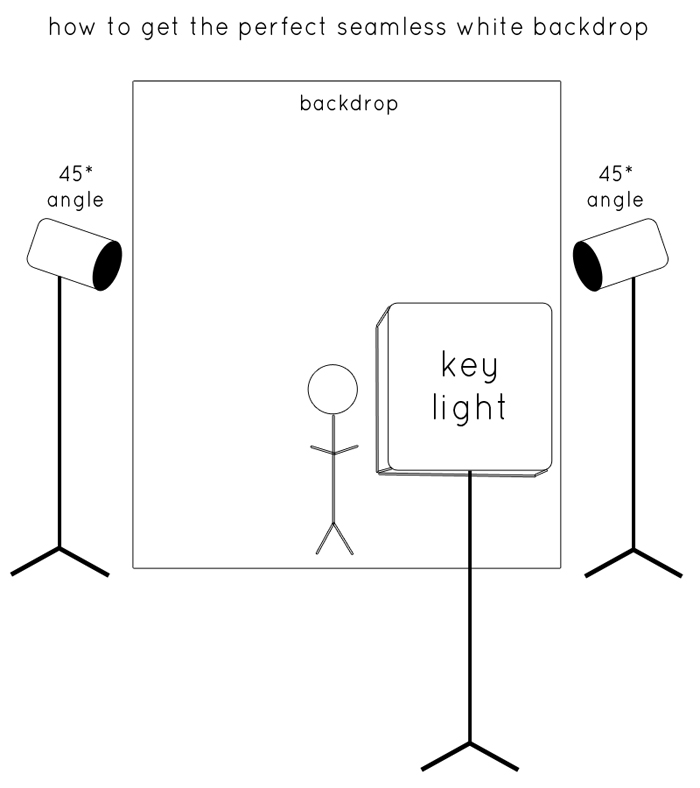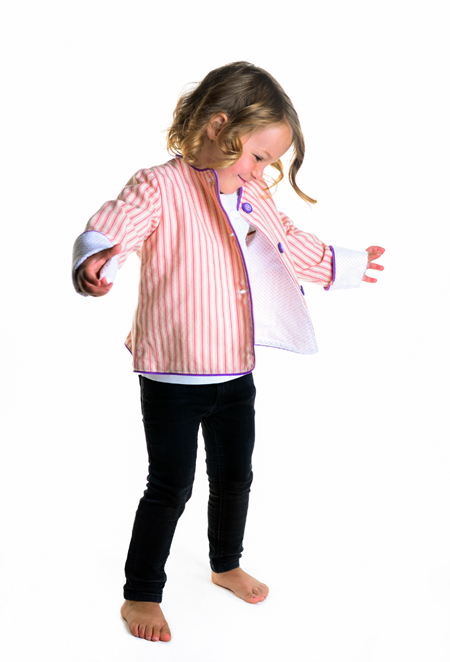Buongiorno and bonjour! I am back! I took a small leave of absence for my very first trip to EUROPE (yay!), followed by making up time with the three little ones we left behind for almost two weeks. Needless to say, it has been quite an amazing month. I have always dreamed about walking along the streets in Europe. We spent five days in Rome and five days in Paris. It really was a dream come true, and I had the best time photographing while there. Talk about eye candy! Leaving both countries was hard to do, but October in Utah has been full of beautiful weather, fall leaves everywhere and fun activities with the kids. I needed some catch up time with them and it has been time well spent.
I hauled around my old film camera on our trip, my Hasselblad 500 C/M, which completely has my heart. Nothing can beat film in my mind and it made me pretty happy to shoot rolls of film again. In my next post I'll share with you more highlights from our trip and some of my favorites from my film camera!
Today I am going to give you a handful of tips for getting great photographs at night time. Whether you are traveling, shooting something close to home or just want to experiment, long exposures at nighttime can be SO fun. With a few helpful tips you can get great photos. Some things just come to life when the bright mid-day sun has gone to bed.
Tips for Shooting Photos at Night
Tip #1 - USE A TRIPOD!
When you want to take a photo in dim lighting, at night or any dark setting, you'll most likely have to do a long exposure. This means you need a sllloowww shutter speed to let more light record on your camera's sensor to actually have a photograph show up. If it's dark and you try shooting at 1/60th of a second, you don't have a lot of light coming through your lens. What happens when you start shooting at slower shutter speeds? CAMERA SHAKE! MOTION BLUR! Any movement to the camera will cause your image to be blurry. You MUST have some kind of tripod or still, flat surface to place your camera.
This photo of the Trevi Fountain in Rome is a good example of showing motion blur (the water is blurred from the long exposure) but the building is completely sharp and in focus! I simply placed my tripod on a post to get this shot.
When traveling, I always want to make sure I have a tripod to rely on. I bought this fun little Pedco UltraPod II Lightweight Travel Tripod on Amazon for only $18.95, and it's been so worth it! The head swivels so I can easily change my composition and it even comes with a strap you can wrap around poles or trees, etc. It folds down really small and is worth every penny. I love not having to pack a huge bulky, heavy tripod on a trip. Check it out.
Tip #2 - Use your timer!
I have found that if I'm using shutter speeds as long as one second or more, I can STILL have camera shake from my finger actually pressing my shutter release button to take the photo! I like to avoid the chance of a blurry image by using my camera's self-timer. That way I can guarantee I won't be touching or moving my camera at all and the photo should be pretty sharp. There wasn't much light around the Arch de Triomphe, so when I pressed my shutter release to take an 8 second photo, I could notice my slight camera shake. I had to set a timer to get it perfectly sharp!
Tip # 3 - Select a Higher f/stop Number






















